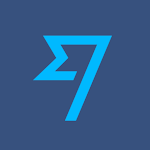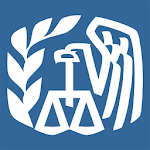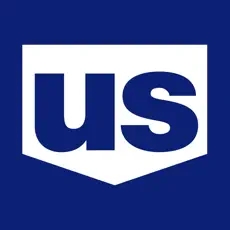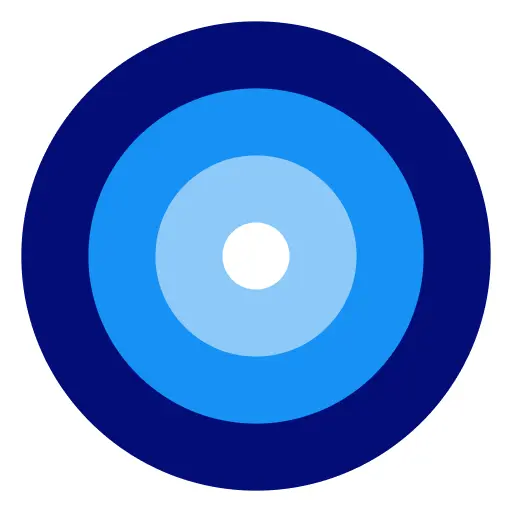ADVERTISEMENT
On July 10th at 10pm, Meta founder Mark Zuckerberg confirmed in a post on Threads that Threads had broken the 100 million signup mark. This was just five days after the birth of Threads, a social product.
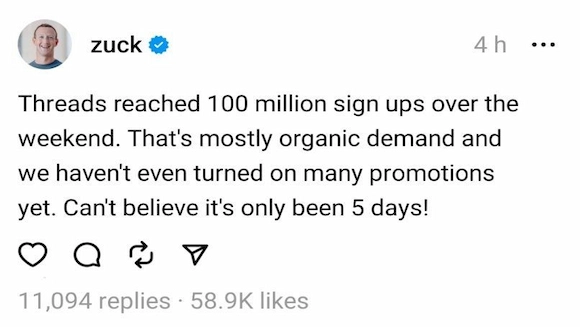
Threads is a social platform launched by Meta's Instagram on July 5, US time. Its product page mirrors that of Twitter, which Elon Musk acquired last year.
Originating from Instagram, which has a monthly active population of 2 billion, Threads quickly gained a large number of downloads from stars, celebrities, and KOLs as soon as it was born, creating a growth myth that the Internet hadn't seen in years.
And it all starts with the fact that all of Silicon Valley seems to be launching a siege on Twitter.
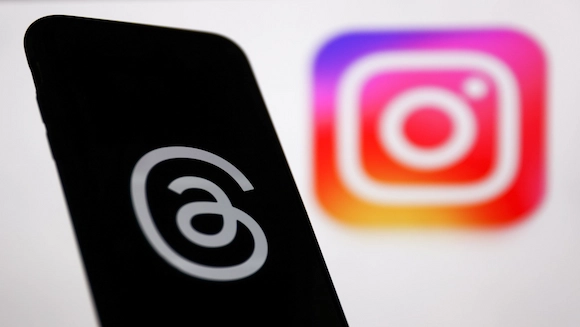
Threads is built on Instagram, and once launched, users of all kinds flocked to it. Stars, celebrities, news media, and top tier brands started using Threads, such as Kim Kardashian, Jennifer Lopez, and Sam Smith; in addition, brands such as Netflix, Amazon, Nike, Adidas, Disney, and Pepsi, as well as media outlets such as CBS, The Economist, and Vogue, have all moved onto Threads.
For new social platforms, attracting a certain scale of users and creators is often a challenge. But Threads doesn't have such a "cold start" problem, because creators on Instagram are directly attracted to create content on it, and when fans see their "idols" sharing on Instagram, they will be interested in clicking in and trying it out.
At the end of last year, Instagram began to challenge Twitter, dozens of engineers, product managers and designers to the development of competing apps to put forward the idea. In June of this year, Meta's internal meeting has shown a preview of the application, the internal code name is "Project 92", the first proposed public name is Threads.
The launch of Threads by Zuckerberg on July 5 (U.S. time) was a good time to strike out at Twitter. Because, as recently as July 1, Twitter limited the number of tweets non-paying users could view to 600 tweets per day.
This act ignited user anger and hashtags such as #GoodbyeTwitter trended as people expressed their dissatisfaction in many ways such as pictures and words and said that they would move on to other platforms. Threads became the best option for users in such a scenario.
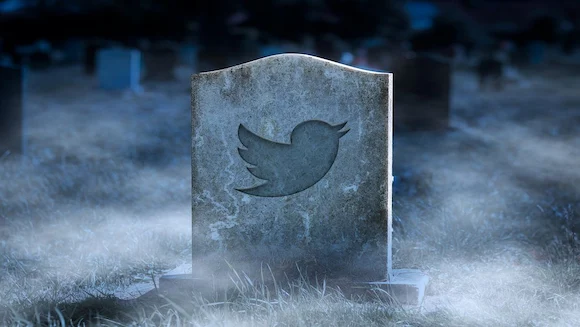
In the Threads tweet, Zuckerberg said, "I think there should be a public conversation app with more than 1 billion users. Twitter has had the opportunity to do this, but has yet to deliver. Hopefully we can do it."
Chris Cox, Meta's Chief Product Officer, said that for some people, they simply need a "working" version of Twitter. Apparently, in Meta's view, Threads is "working" Twitter.
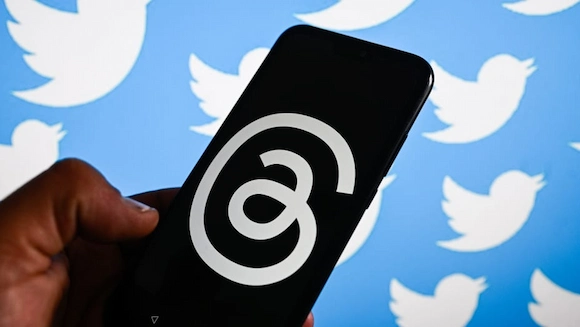
Some Internet users have pointed out that Threads is a "Twitter killer," but Adam Mosseri said in an interview that Threads is not aiming to replace Twitter, and that they want to create a less angry public forum for conversation without taking steps to encourage political and hard news content.
Threads are designed for "public conversations", which is exactly what Twitter's founders set out to do. Obviously, Twitter is a pioneer in this space and has a lot of great products for public conversations. But given everything that's going on, Meta thought there was an opportunity to build something that would be open and beneficial to the community that already uses Instagram.
Can Threads rebuild Twitter's role as a public square? Can it avoid Twitter's woes? In its early stages, the future of Threads is unknown, but it does raise expectations.
In fact, the Silicon Valley powerhouses Meta and Zuckerberg aren't all that popular, and the general public is unhappy with Meta's gradual monopolization of all social media dynamics.
Before the launch of Threads, many social media platforms benefited from the trend of users fleeing from Twitter and becoming "alternatives" to it.
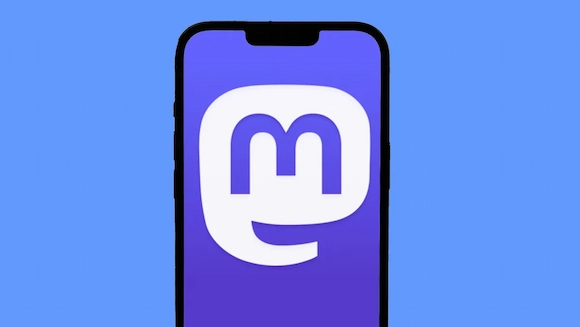
Mastodon was launched in 2016 by German developer Eugen Rushko, and according to a blog post by Eugen Rochko, after Musk took over Twitter, Mastodon grew its user base eightfold in a matter of weeks, going from about 300,000 users in October to 2.5 million in November. By March of this year, Mastodon announced that it had more than 10 million users.
Back in 2019, Twitter founder Jack Dorsey formed a small team to develop Bluesky. In April this year, Bluesky was launched to the App Store. Less than two weeks, the installation volume reached 370,000 times. The day after this Twitter "limit flow", Bluesky traffic ushered in a "record high", the number of downloads exceeded 1 million.
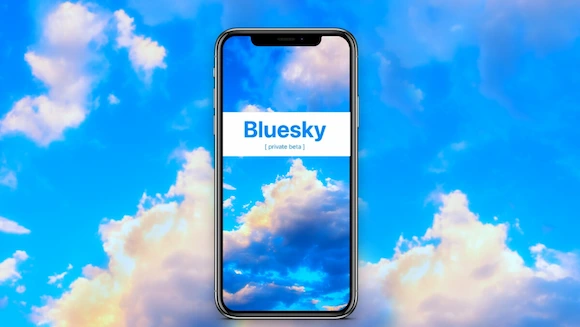
In terms of user scale, Mastodon and Bluesky, founded by small teams, are not yet able to compete with Twitter. At the same time, these platforms have adopted a decentralized mode of operation, and will not be like Twitter through advertising and other traditional business models to realize cash and development. It can be said that among the "siege" of Twitter, Threads is still better.
Zuckerberg wasn't shy about the potential future of Threads' advertising monetization. He said that once the platform is running smoothly and "paving the way for a billion users," it will move to monetization.
In March of this year, Musk said that Twitter's ad revenue had dropped by as much as 50 percent since he took over, but that there were still some large advertisers who continued to place ads on Twitter. He specifically mentioned and thanked Disney and Apple, calling them two of Twitter's biggest advertisers. However, it's worth noting that Disney is currently on Threads as well, with 1 million + followers, but has not started posting content.
Whether or not Threads can become a true "Twitter killer" is still unknown. For Zuckerberg, what he needs to do is to adjust his new service quickly enough to eliminate the "copy-paste" perception in the minds of users, thus surpassing Musk.




